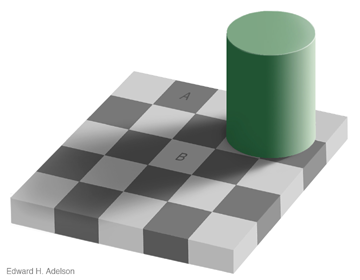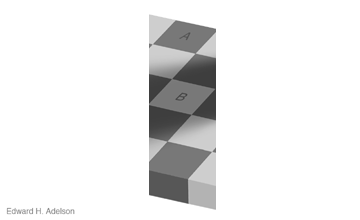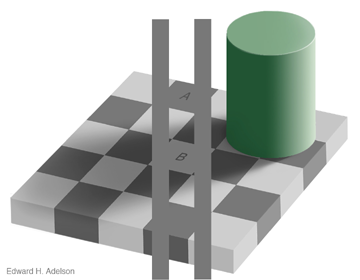Elite potato guards
December 13th, 2006Persuading people to change their habits or attitudes is one of the hardest but most important things that any leaders can do. Advertisers clearly must be skilled at this or they wouldn’t exist, but usually their job is helped by the fact that people want the goods they’re selling them anyway, and often their role is merely to promote one brand over another. The media have a frightening degree of influence, but this is often used merely to sell more papers or airtime, and their standard strategy is commonly just to upgrade interest or concern about an issue to hysteria. It is the Government that is elected to lead, whose job it is to steer necessary changes in society, and it is they that seem to have the weakest grasp on how to change our hearts and minds.
200 years ago, at least a couple of people in power took a more imaginative approach…
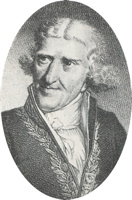 The potato had been in Europe for a well over a hundred years, but in 1785 the French were still suspicious of the things. Potatoes were fine as hog feed but thought to cause Leprosy in humans. Antoine-Augustine Parmentier knew different as he had been imprisoned by the Prussians and forced to live on a spud-based diet whilst incarcerated. Now, you’d have thought that anyone who’s survived on a single vegetable of dubious repute when in jail would be heartily sick of the damn things, but Parmentier was a scientist, a pharmacist who was impressed by their nutritional value. When back in France, he extolled their virtues in scientific papers and embarked on a series of publicity stunts to promote them for the important purpose of reducing famine. One, in particular, was a stroke of pure genius. Read more »
The potato had been in Europe for a well over a hundred years, but in 1785 the French were still suspicious of the things. Potatoes were fine as hog feed but thought to cause Leprosy in humans. Antoine-Augustine Parmentier knew different as he had been imprisoned by the Prussians and forced to live on a spud-based diet whilst incarcerated. Now, you’d have thought that anyone who’s survived on a single vegetable of dubious repute when in jail would be heartily sick of the damn things, but Parmentier was a scientist, a pharmacist who was impressed by their nutritional value. When back in France, he extolled their virtues in scientific papers and embarked on a series of publicity stunts to promote them for the important purpose of reducing famine. One, in particular, was a stroke of pure genius. Read more »
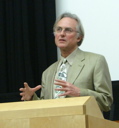 Your lover is ugly; how could you fail to see these hideous scars? And what about this appalling history of violence? The early and recurrent madness? Of course, your family, friends and neighbours are all deluded too. Finally, and worst of all, your lover, the centre of your world, is really just a figment of your imagination.
Your lover is ugly; how could you fail to see these hideous scars? And what about this appalling history of violence? The early and recurrent madness? Of course, your family, friends and neighbours are all deluded too. Finally, and worst of all, your lover, the centre of your world, is really just a figment of your imagination. This site’s theme is Skimmed Milk and if that seems odd to you I should mention that “theme” is a WordPress term for the presentation of a site. Its visual design, layout and language are all, for the most part, customisable. This page is about the theme of the site in this sense, not in the sense of an overarching subject or topic of discussion.
This site’s theme is Skimmed Milk and if that seems odd to you I should mention that “theme” is a WordPress term for the presentation of a site. Its visual design, layout and language are all, for the most part, customisable. This page is about the theme of the site in this sense, not in the sense of an overarching subject or topic of discussion.
